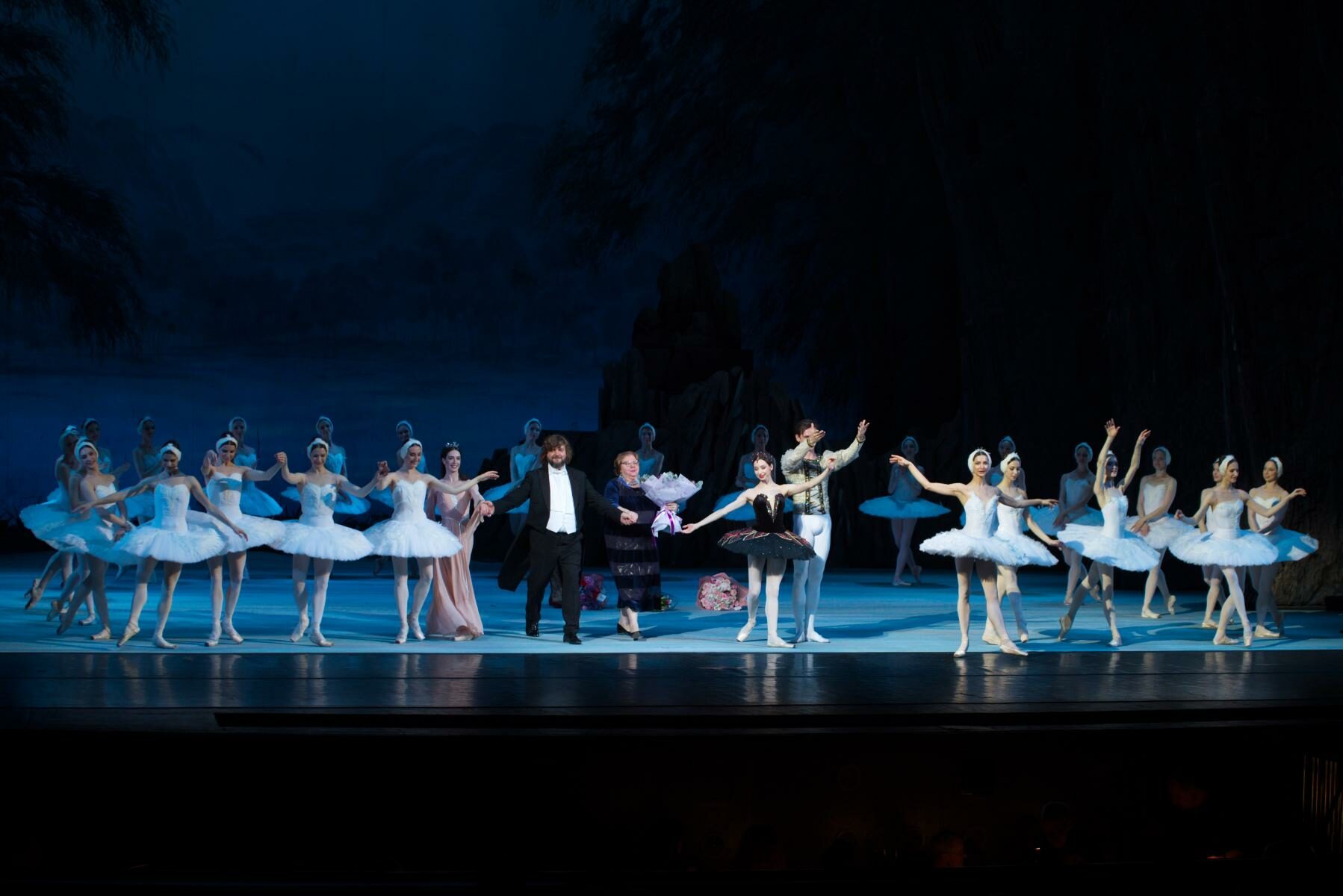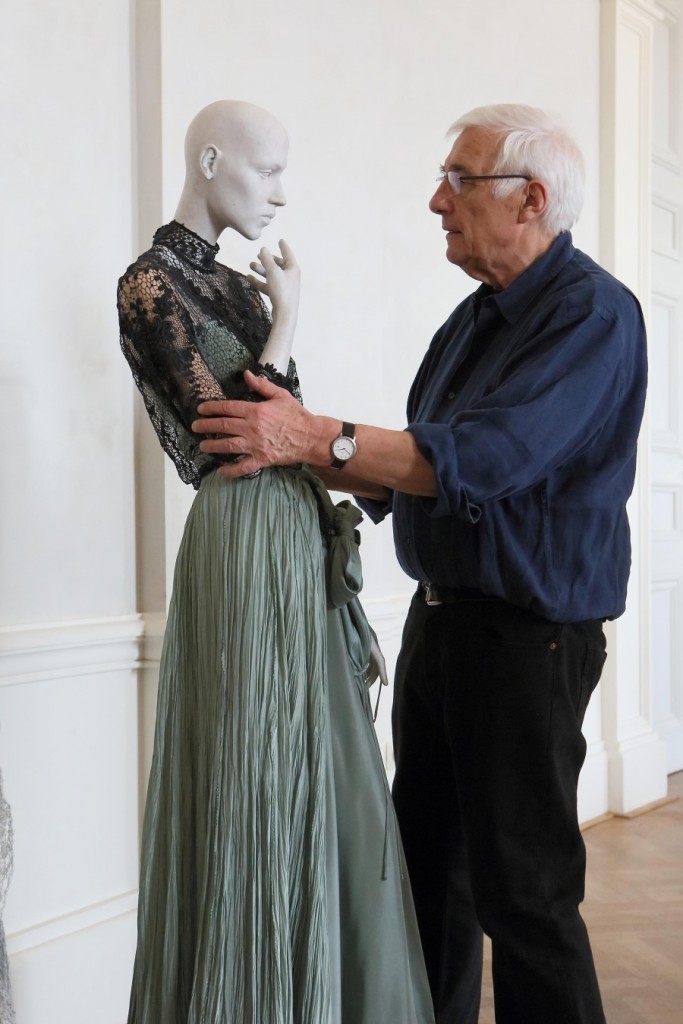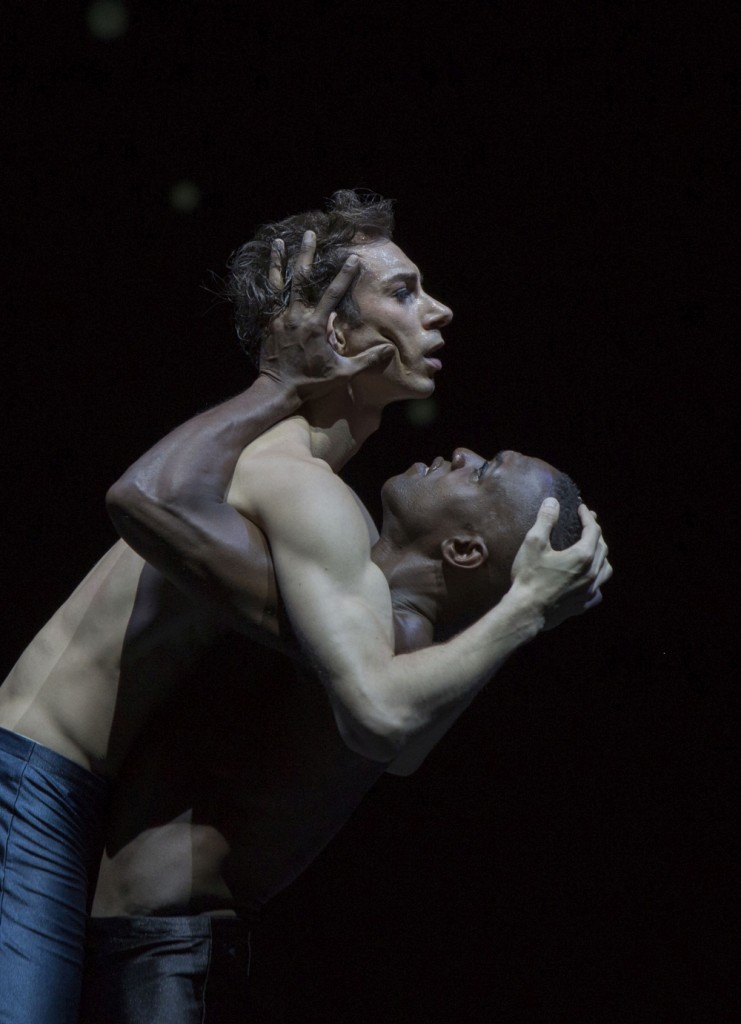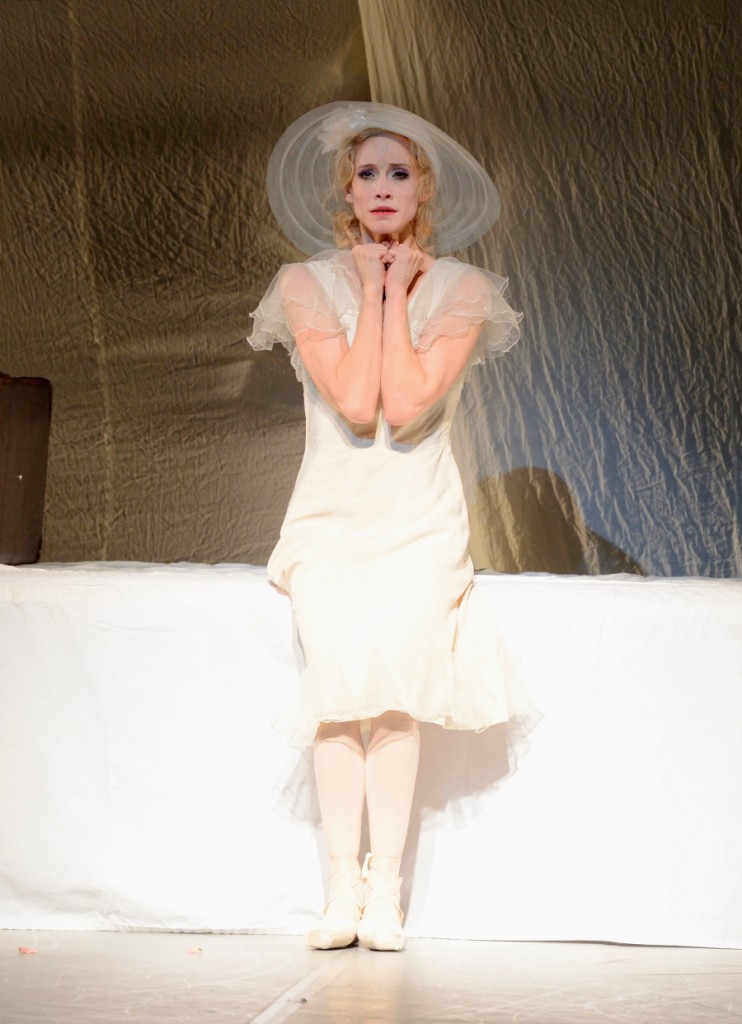The Seeming and the Real
“Artifact II / The Exiles / Zugvögel”
Bavarian State Ballet
National Theater
Munich, Germany
June 19, 2015
by Ilona Landgraf
Copyright © 2015 by Ilona Landgraf
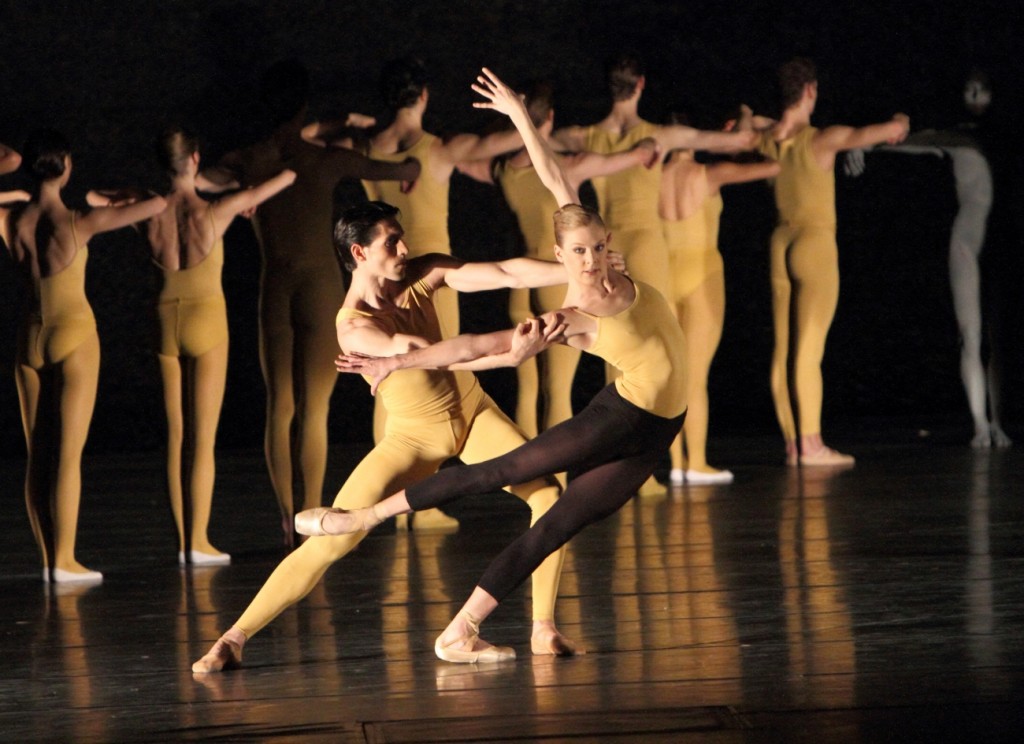 Munich’s National Theater was packed to the roof for the last performance of “Artifact II / The Exiles / Zugvögel”. The triple bill combines two older pieces – “Artifact II” by William Forsythe and “Zugvögel” by Jiří Kylián – with “The Exiles”, a newly acquired work by José Limón. It is the fourth work by Limón in the company’s repertory. Forsythe’s “Artifact II” is the second part of the full-evening, quadripartite “Artifact” which has been in the company’s repertory since 2009. “Zugvögel” (“Migrating Birds”) is a creation by Kylían which opened Munich’s ballet festival week in 2009. Performance rights of “Zugvögel” are reserved for the Bavarian State Ballet. (more…)
Munich’s National Theater was packed to the roof for the last performance of “Artifact II / The Exiles / Zugvögel”. The triple bill combines two older pieces – “Artifact II” by William Forsythe and “Zugvögel” by Jiří Kylián – with “The Exiles”, a newly acquired work by José Limón. It is the fourth work by Limón in the company’s repertory. Forsythe’s “Artifact II” is the second part of the full-evening, quadripartite “Artifact” which has been in the company’s repertory since 2009. “Zugvögel” (“Migrating Birds”) is a creation by Kylían which opened Munich’s ballet festival week in 2009. Performance rights of “Zugvögel” are reserved for the Bavarian State Ballet. (more…)
